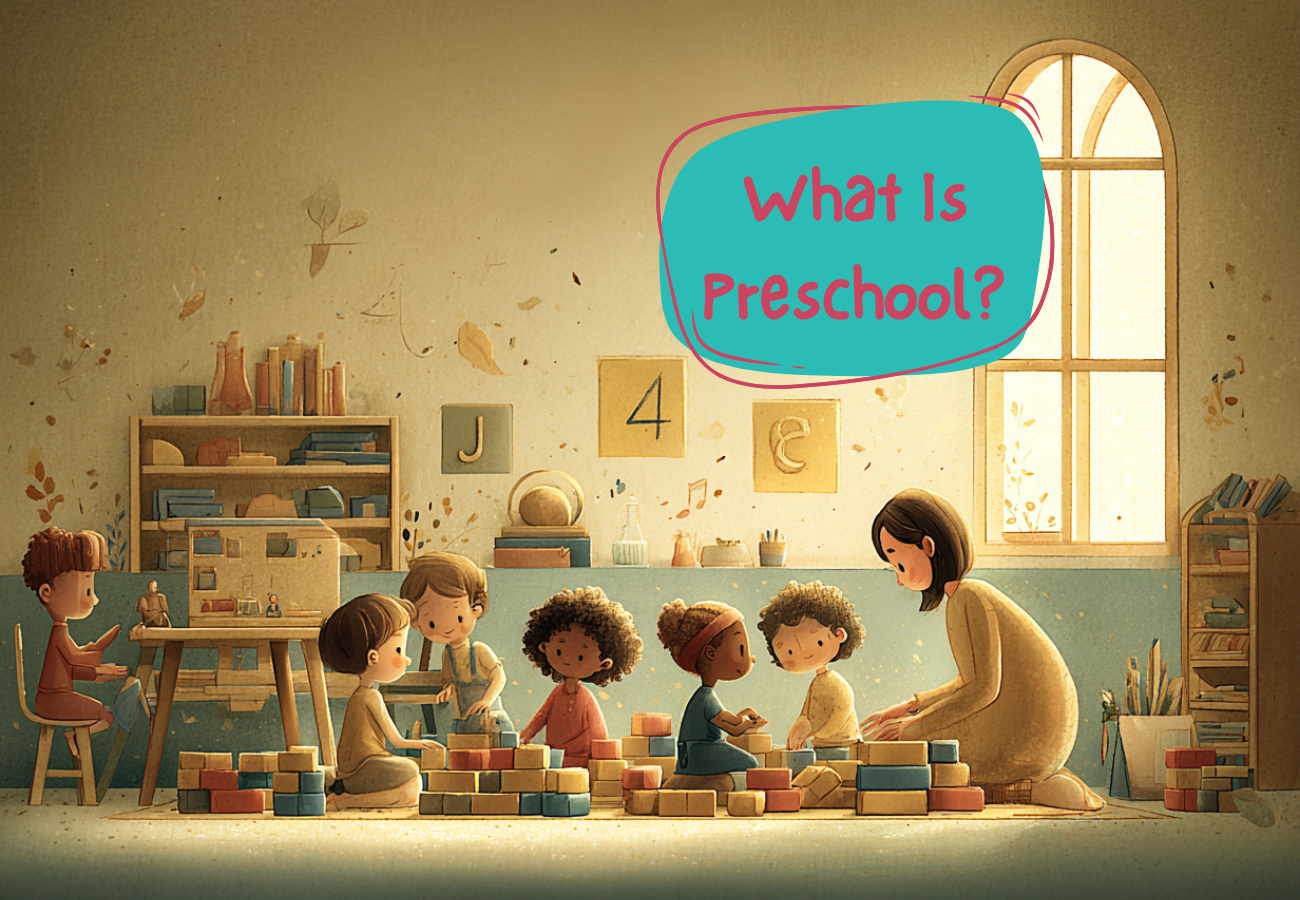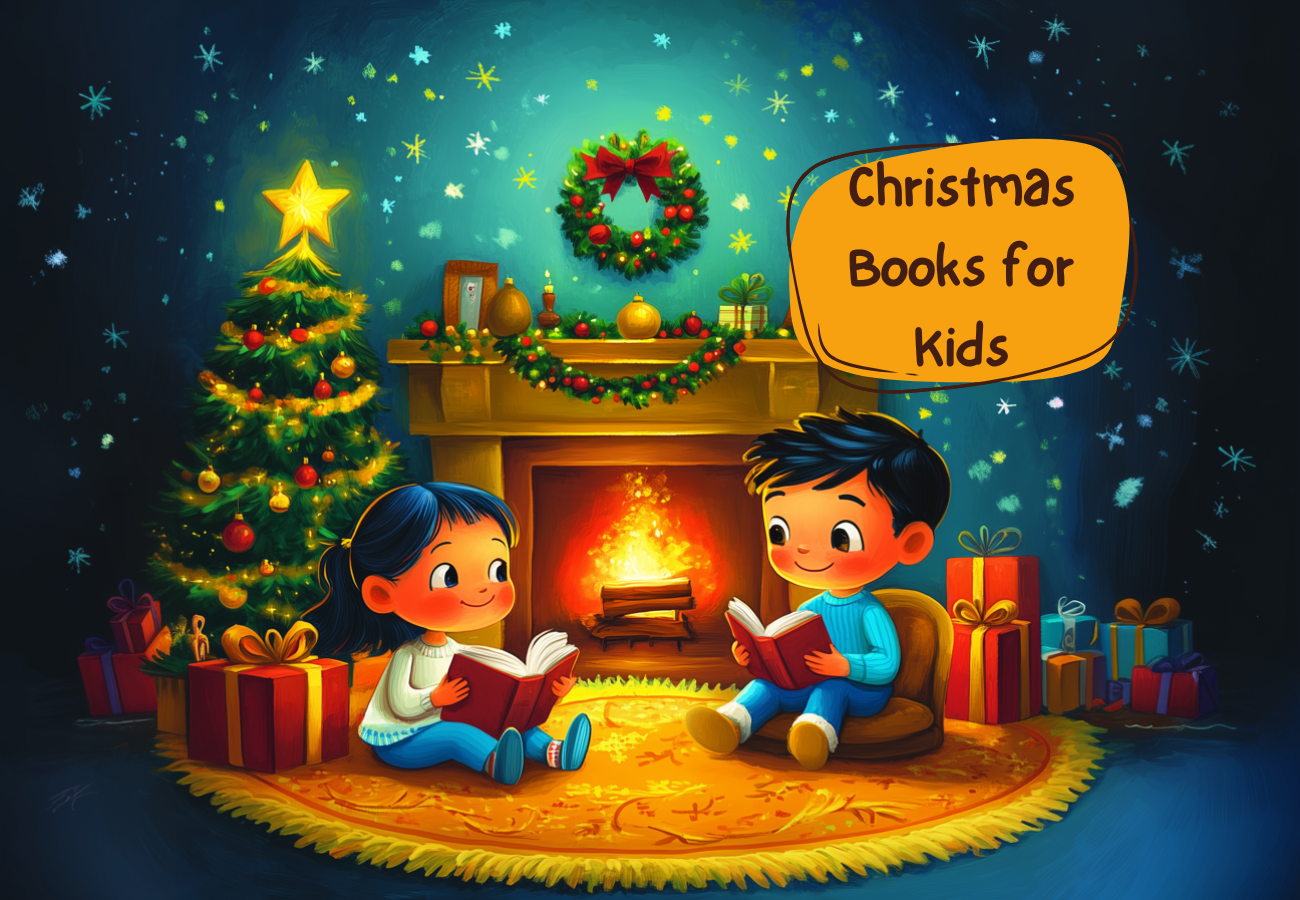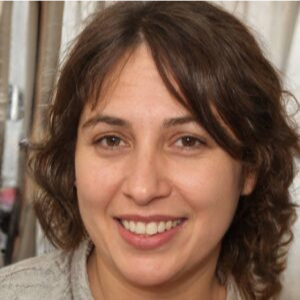Top Homeschooling Styles to Choose From

As soon as you take your kid out of school to homeschool, it’s high time to think about a learning style, which influences everything:
- Daily schedule;
- Topics your kid learns;
- The amount of time needed;
- Learning environment;
- Evaluation system;
- The choice of material and even lecturers (you or a qualified teacher), etc.
The homeschooling method is a manual to your new lifestyle. If you hit the spot and choose the one your child falls in love with, that’s a sign of future success. And scientists prove it. Research of St.Thomas University shows that kids who learn at home are on a par with their peers from public schools in terms of retention and GPAs rates.
The Most Popular Types of Homeschooling
There’s no right choice of a homeschooling style. Some kids may prefer the classical homeschool curriculum. Others, in turn, can benefit from something less predictable, such as a relaxed homeschool curriculum. Individualized approach applies here as well. The best way to choose your special one is to try all of them. In case, you may predict your kid`s preferences, narrow down the choice to several ones. In this article we`ll consider the most popular styles, paying attention to their pros and cons. I hope you make valuable insights.
Montessori Method
The learning style was developed by Maria Montessori as an approach to dealing with learning disorders. However, it also proved itself as an effective way to bring up well-rounded kids. The point is that kids learn from the Montessori environment which includes all the tools and objects people use everyday. Schoolchildren can choose the topics they are interested in independently as well as the amount of time they work on them. There`s no homework or grades.
Benefits:
- Kids are given freedom of choice;
- There`s no pressure of time or evaluation system;
- Scientists report higher well-being later in life.
Drawbacks:
- The style declares a humanistic view on kids. If it’s not in your values list, you may fail.
- A special certificate of a trained teacher is obligatory.
- It works better with siblings or a group of kids because interaction and communication are important.
Сlassical Homeschool Curriculum
This style dates back to Ancient Greek and Rome and comprehends such old subjects as logic, rhetoric, and Latin. Kids need to read a lot (the homeschool curriculum books include the set of Great Books which consists of as many as 54-volumes). Students learn subjects chronologically. They study history from different perspectives.
Benefits:
- Great Books: much attention is paid to time-proven books which were read by the most famous and successful personalities. Interestingly, almost all pieces of literature are on must-read lists of books for people of all ages.
- Logic: this subject is underestimated nowadays. Yet, it develops critical thinking and problem-solving skills.
- Available Curricula: The method is gaining popularity, so there are plenty of choices, such as homeschool hours by age chart.
By the way, here a Printable Version of Homeschooling Hours by Age Chart.

Drawbacks:
- Reading: Though reading is crucial, too much reading can discourage kids from reading. Your child must be patient enough to cope with it.
- Flexibility: classical homeschool curriculum is very structured. So, one should either stick to it, or the method is no longer the classical one.
- Latin: students learn the language which no longer exists. Despite many advantages, not all students need it. Mark Zuckerberg, though, finds Latin significant for his success.
Charlotte Mason Method
It has taken the best from both the classical method and the Montessori one. The learning process includes short and long periods of learning, which are intertwined with lots of nature walks and observation.
Benefits:
- The style isn’t too structured as well as too free;
- Low-cost. No need to buy expensive school textbooks and other stuff;
- It encourages critical thinking.
Drawbacks:
- The method is good for elementary students, but lacks approaches and materials for older kids;
- Christian framing is central to Charlotte Mason Method and may not be proper for other religious groups;
- No special attention to math and science.
Waldorf Teaching Method
This style is focused more on kids` development as personalities. According to the method, in elementary school, the main aim is to meet children’s basic needs. Time is divided into quiet and active. During the first one children listen to stories (legends, fairy tales, etc.). In turn, the active time is for playing games, doing some arts, and helping adults around the house. Kids also learn the main subjects and create the Good Book where they share their own opinions and other important stuff on the subjects. The aim is to prove to kids that they are all artistic.
Benefits:
- A student-oriented approach;
- More time to play which is essential to health and well-being (according to the Playtime Matters research);
- Students develop creativity.
Drawbacks:
- Kids who tend to deep into learning may find it not sufficient;
- Elementary school children may fail to catch up with their peers, though, they reveal their potential to the full extent later.
Eclectic Teaching Method
The relaxed homeschool curriculum is another phrase to describe this style. Actually, it’s not a separate style but a combination of several ones. It’s for you if you cannot stick to one learning method only. The most beautiful thing about eclectic homeschooling is that it gives you freedom of choice. Together with kids, parents can choose the books to read, subjects to concentrate on more, etc.
Benefits:
- A good option for strong-willed kids;
- Children report more willingness to learn;
- An opportunity to boost kids’ strong sides as well as find an approach to improve the area of weakness.
Drawback:
- This style is the most popular one, so it declares itself as one of the best teaching methods. It has its cons, but each parent defines them on his own.
Unschooling Method
Kids are in charge of everything if their parents decide to follow this style. Well, it doesn’t mean that adults are absent, but they do follow their kids’ interests. Sometimes children may choose online homeschooling programs on their own too. The key idea is to motivate kids to explore the world by matching their interests.
Benefits:
- The most kids-oriented approach;
- Children are happy to do what they like;
- No need to struggle with difficult subjects.
Drawbacks:
- It may not work with strong-willed children;
- Some kids might not be confident enough in what is right for them and, thus, need more structured approaches.
School at Home
School at home is all about organization. The aim of this style is to create a school environment at home. There’s always a blackboard, desk, and many textbooks. Parents follow a chosen curriculum, planning either a day or the whole month.
Benefits:
- No need to adjust to a new style;
- Block scheduling is a brilliant option for kids who dislike transitioning between subjects.
Drawbacks:
- School at home is mainly about changing the location but not an approach.
- If kids aren’t keen on learning, they may find it difficult to concentrate at home.
Conclusion
Modern homeschooling philosophies offer a wide range of options. And there’s no one right decision. Think about your kids’ needs, possibilities, and other factors that may influence your choice. You can always switch to another method.
More articles

The Impact of Color and Texture on Children’s Emotions, Behavior, and Learning
Children don’t just see their environment — they absorb it. Every color, every texture, and every visual detail around them quietly shapes the way they focus, relax, behave, and even understand their own emotions. While adults often adapt to a space automatically, children respond to it instantly and instinctively. That’s why creating a supportive environment […]

What Is Preschool and Why It Matters for Early Development
Choosing the right preschool is one of the most critical decisions parents make in shaping their child’s early development. In today’s evidence-based educational climate, early childhood education is recognized not merely as preparatory schooling, but as a scientifically validated foundation for cognitive, emotional, and social growth. High-quality programs such as Little Scholars NYC, an established […]

5 Best Christmas Books for Kids to Enjoy This Holiday Season 🎄
Christmas is a magical time of year, and what better way to celebrate the season than by cozying up with your little ones and sharing the joy of holiday stories? Books have the power to bring families together, teach valuable lessons, and fill hearts with the spirit of the season. Here are five of the […]




